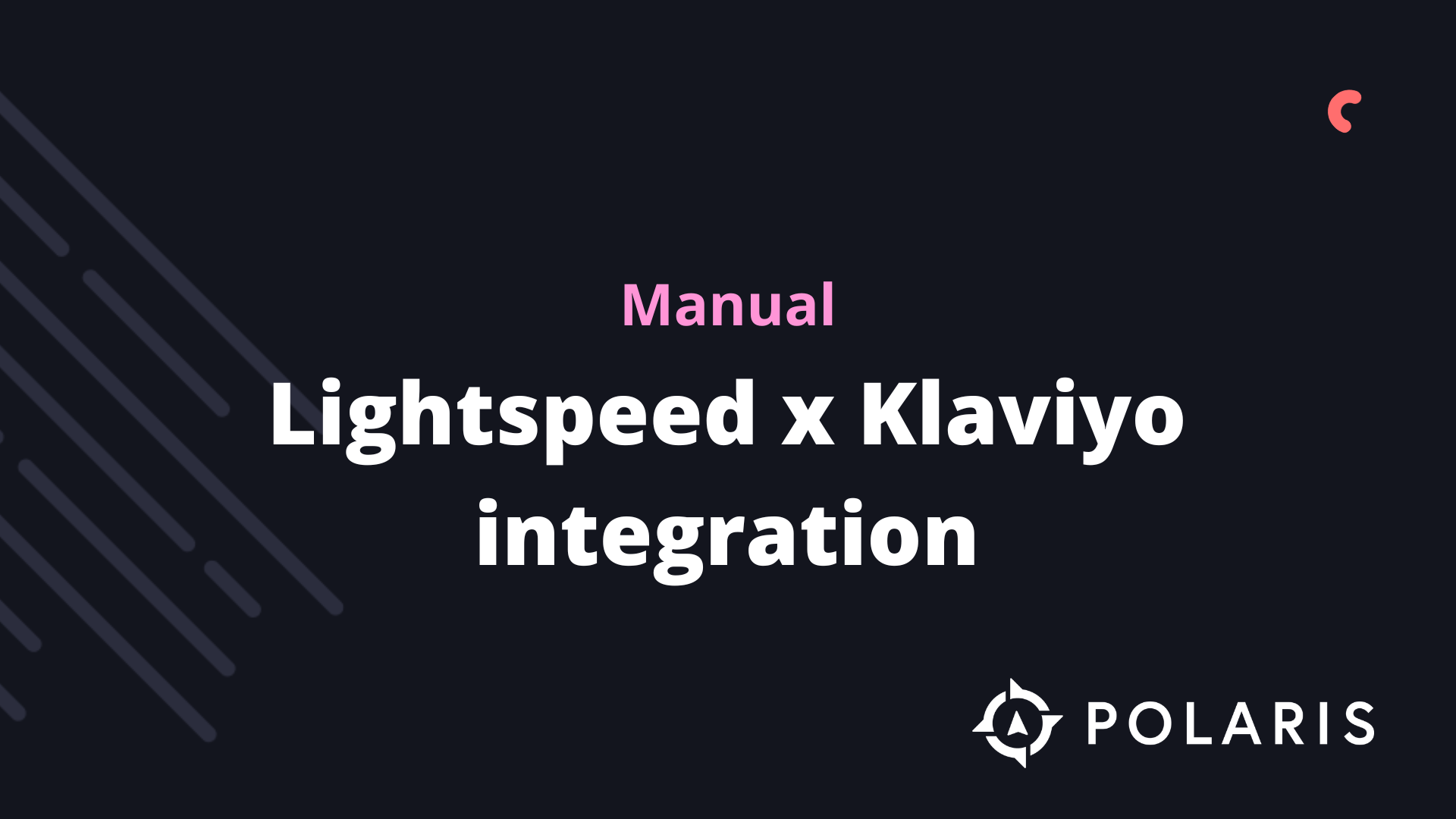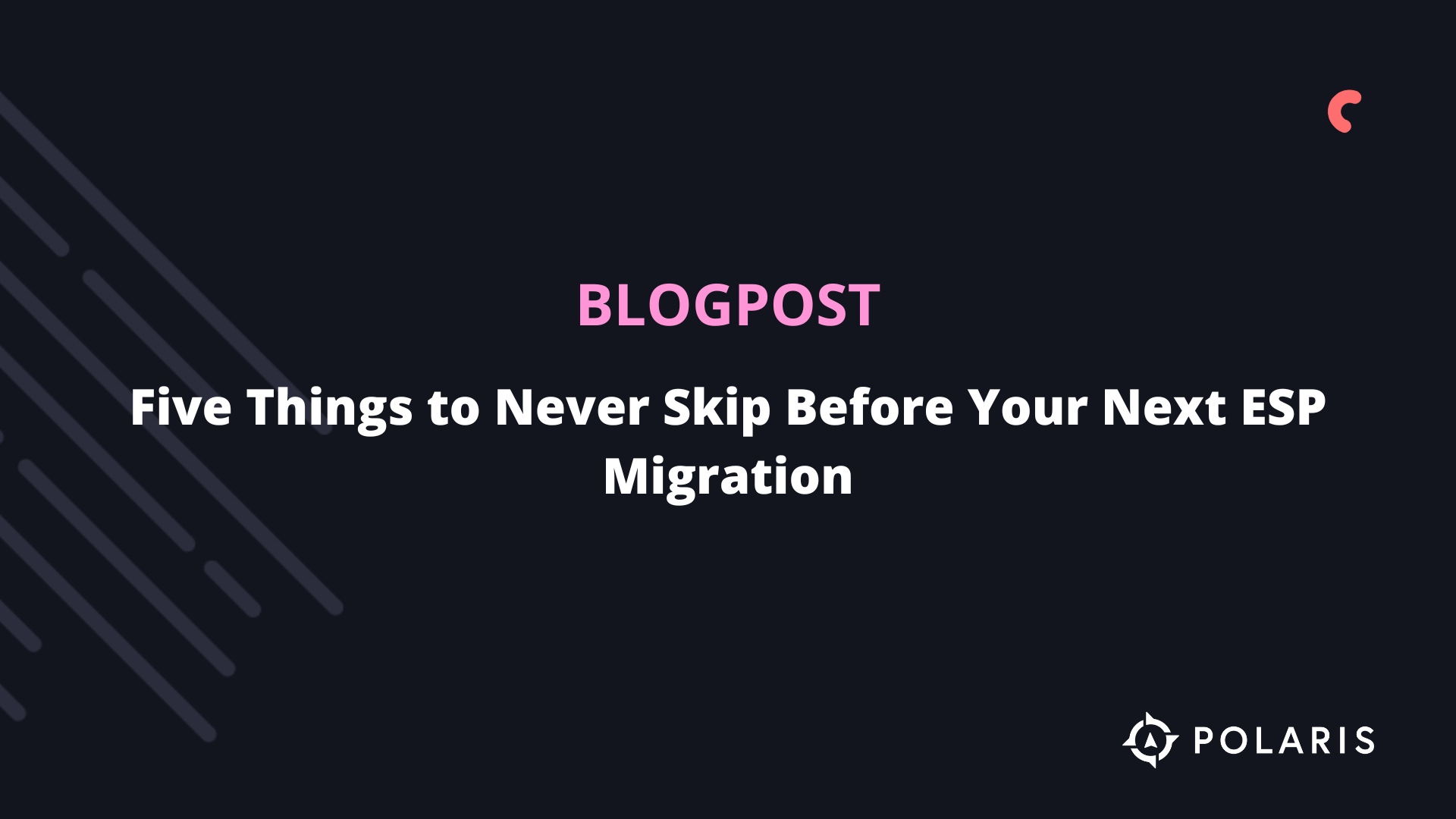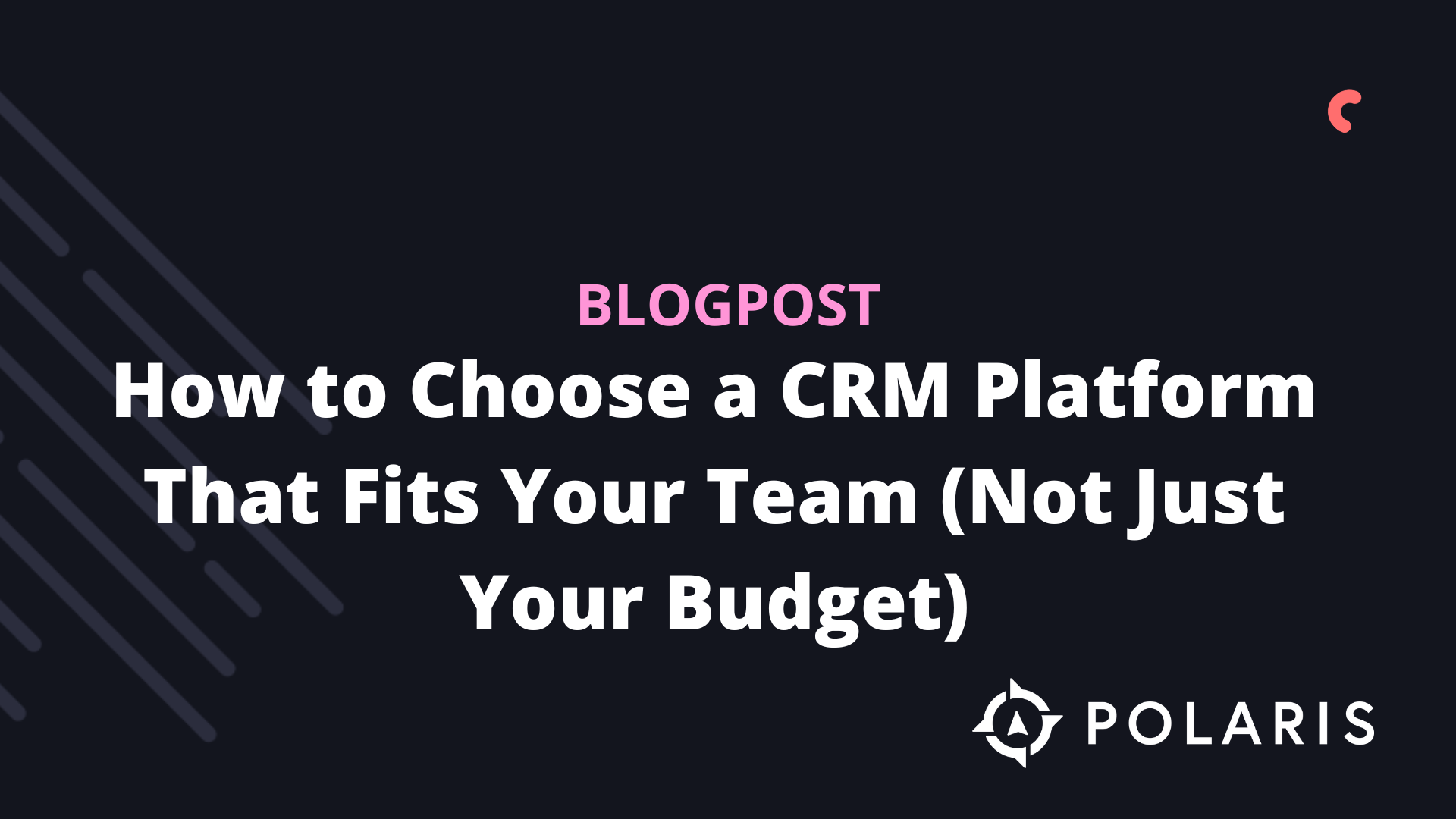Lightspeed x Klaviyo integration



Overview
Currently, there is no out-of-the-box solution to connect Lightspeed Ecom with Klaviyo. If you need assistance connecting your Lightspeed ecom shop, we can help you. The setup is customized and does allow for the use of Klaviyo in conjunction with Lightspeed. Please contact us for more information.
This guide explains the integration of Lightspeed POS with Klaviyo. After completing the steps outlined in this manual, you can personalize and target emails based on each customer's offline purchases and activities.
The Lightspeed integration synchronizes with Klaviyo every hour.
Here are some of the data points that Klaviyo synchronizes with Lightspeed:
- Sales and order data, including which products were purchased, the categories they belong to, and any discounts applied.
- Customer information, including first name, last name, and location information.
- Shipped and refunded order data.
Add the Lightspeed POS Integration
Click on the Integrations tab in the left sidebar of your account. Navigate to the All Integrations tab and search for Lightspeed in the list of available integrations.

In the next window that appears, you can choose whether to automatically enroll new customers in a Klaviyo list. If you check this box, you will be prompted to select an existing Klaviyo list from the dropdown.

After clicking the blue button "Connect to Lightspeed," you will be prompted to enter your email or username and the password for your Lightspeed account.

After entering your Lightspeed account login credentials, click on Sign In. Then, click on Authorize Application to grant Klaviyo access to your Lightspeed data.

You will then be returned to your Lightspeed integration homepage in Klaviyo. If the integration has been successfully added, you will see a green message stating "Settings Updated."
Monitor the Synchronization by Klaviyo and Verify Data
To check your Lightspeed integration, navigate to the Analytics tabin your account and click on Metrics. Click on the Placed Order metric to see if data has been populated for this metric. If there is data, simply wait for your first Lightspeed integration synchronization to complete; this process may take a few hours, depending on how much data you have in your account.
Klaviyo imports all your historical Lightspeed data. To verify this, you can compare the number of placed orders for a specific day in Klaviyo with what is shown in your Lightspeed interface to see if they match.
For example, when exploring the Placed Order metric (under Metrics in the Analytics tab van of your Klaviyo account), you can hover over yesterday's data point or look at the data table below the graph to see how many orders were reported yesterday. Compare that number with what was recorded in Lightspeed for yesterday, and you should see that they match exactly. If they do not match, the issue is likely that the timezone of your Klaviyo account does not align with the timezone of your Lightspeed account. To check your timezone setting in Klaviyo, go to your Account Settings and navigate to Contact Information > Organization. At the bottom, you will see a section to set the timezone.
Review and Understand Your Lightspeed Data
Navigate to the Analytics tab of your account in the left sidebar. This will take you to an area where you can view all the metrics in your account. Metrics with a Lightspeed icon are synchronized from the Lightspeed integration. You can use the filter function in the top right corner to filter for all Lightspeed metrics.
Metrics and profile properties from Lightspeed are synchronized in real-time, and you should see them appear in Klaviyo within seconds after an event is recorded in Lightspeed.
Below is a list of all metrics synchronized with Lightspeed and an explanation of the data included with each synchronized metric:

Placed Order
This event is tracked when a customer completes the checkout process and places an order in your physical store. The event that Klaviyo tracks includes important product information related to the items included in the order (such as product names and images), allowing you to use that information in post-purchase follow-up emails. You can filter and target placed order events based on the following criteria:
- Categories: The names of all categories the products belong to, e.g., t-shirts, men, pants, and sale.
- Discount Codes: All discount or coupon codes used by someone in their order, e.g., SPRING2015.
- Email Domain: The email domain of the person placing the order, e.g., gmail.com or yahoo.com.
- Is Discounted: This is TRUE or FALSE.
- Items: The names of the products in someone’s order, e.g., t-shirt or pants.
- Item Count: The total number of items in the order, e.g., 2.
- Store: The name of the store where the order was placed, e.g., Klaviyo-Boston or Klaviyo-New York.
- ShopID: The ID of the store where the order was placed.
- Total Discounts: The total amount of any applied coupons or discounts, e.g., 10.00.
Ordered Product
This event is tracked when a customer places an order—in contrast to the Placed Order event, one Ordered Product event is tracked for each item someone buys within one order. For example, if someone buys a t-shirt and pants, one Placed Order event and two Ordered Product events are recorded—one event for the t-shirt and one event for the pants.
The Ordered Product event tracked by Klaviyo includes detailed information about each purchased item. This detailed item data is useful for creating behavioral segments based on product variant options and other information not available in the Placed Order event. You can filter and target Ordered Product events based on the following criteria:
- Category: The name of the category the product belongs to, e.g., sale.
- Email Domain: The email domain of the person placing the order, e.g., gmail.com or yahoo.com.
- Name: The name or title of the product, e.g., The Jungle Book DVD.
- Product ID: The product ID of the item, e.g., 2222.
- Quantity: The amount purchased, e.g., 2.
Refunded Order
This event is tracked when a customer completes the checkout process in your store and a payment has been made, but the customer requests a refund. The event that Klaviyo tracks includes all important product information about the purchased items, including product names, images, and discount information. You can filter and target Refunded Order events based on the following criteria:
- Categories: The names of all categories the products belong to, e.g., t-shirts, men, pants, and sale.
- Discount Codes: All discount or coupon codes used by someone in their order, e.g., SPRING2015.
- Email Domain: The email domain of the person placing the order, e.g., gmail.com or yahoo.com.
- Is Discounted: This is TRUE or FALSE.
- Items: The names of the products in someone’s order, e.g., t-shirt or pants.
- Item Count: The total number of items in the order, e.g., 2.
- Total Discounts: The total amount of any applied coupons or discounts, e.g., 10.00.
Shipped Order
This event is tracked when a customer order is fulfilled and is now on its way. The event that Klaviyo tracks includes all important product information about the purchased items, including product names, images, and discount information. You can filter and target Shipped Order events based on the following criteria:
- Items: The names of all products in someone’s order, e.g., t-shirt, pants.
- Collections: The complete set of collections of the products in someone’s order, e.g., t-shirts, men, pants, and sale.
- Discount Codes: Any discount or coupon codes used by someone in their order, e.g., SPRING2015.
- Total Discounts: The total amount of any coupons or discounts if someone has used a code, e.g., 10.00.
For the Shipped Order metric, Klaviyo only synchronizes orders as shipped when the order status changes to 'shipped' = true. By default, this shipping status can only be set by manually clicking a button in Lightspeed. Additionally, shipments that are not linked to a customer are not synchronized. This can occur when a customer is not specified in a sale.
Customer Data
In addition to the metrics above that Klaviyo synchronizes from Lightspeed, there are also custom properties that are added to each Klaviyo profile. You can use these properties in segments and flows. These are the built-in Klaviyo properties that are automatically synchronized from Lightspeed:
- First and Last Name
- Company and Title
- City
- State/Region
- Zip Code
- Country
Troubleshooting
Why are my shipments not synchronizing?
For the Shipped Order metric, Klaviyo only synchronizes orders as shipped when the order status changes to 'shipped' = true. By default, this shipping status can only be set by manually checking the Shipped box in Lightspeed next to the record. Additionally, shipments that are not linked to a customer are not synchronized. This can happen when a customer is not specified in a sale.
%20(1).png)





